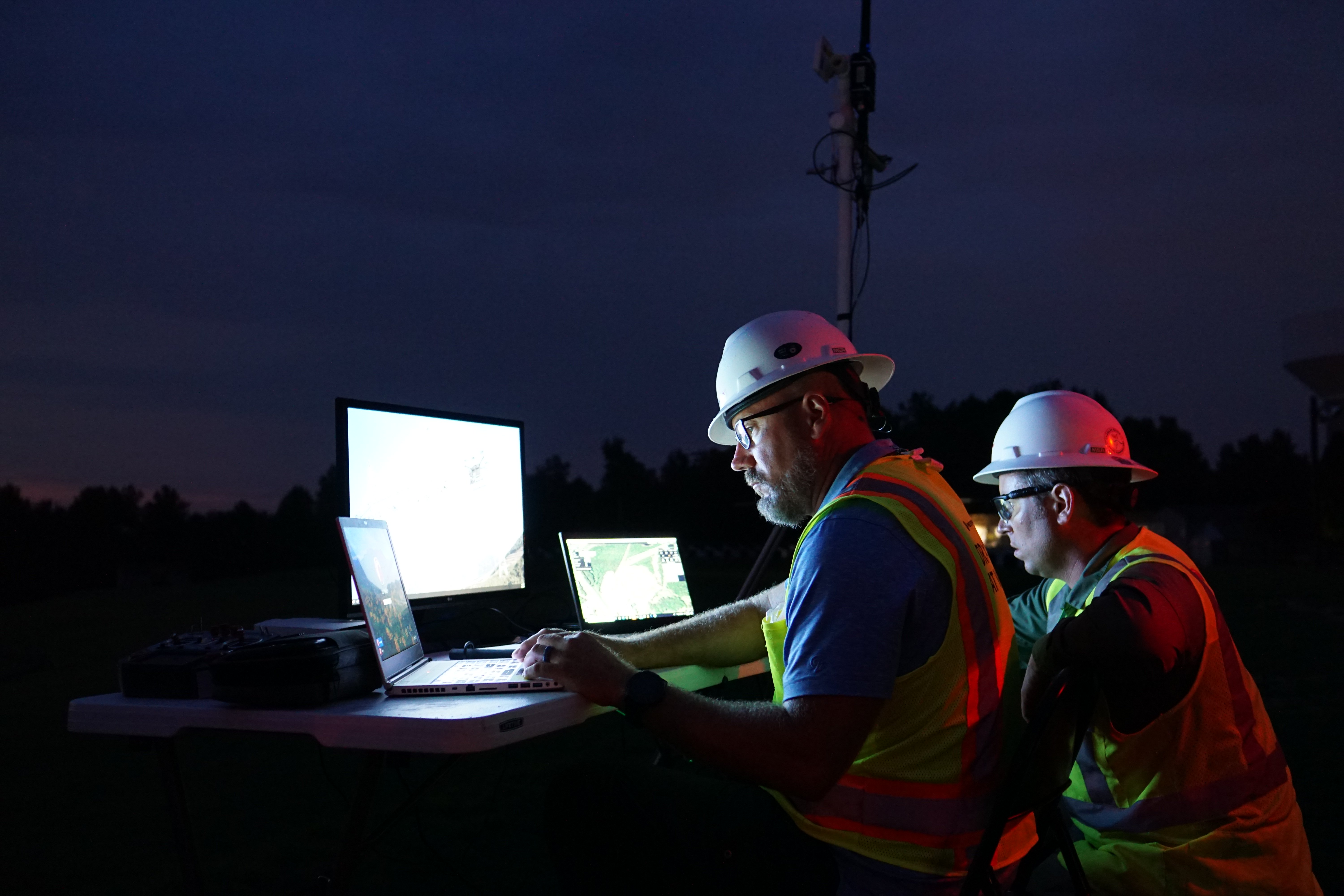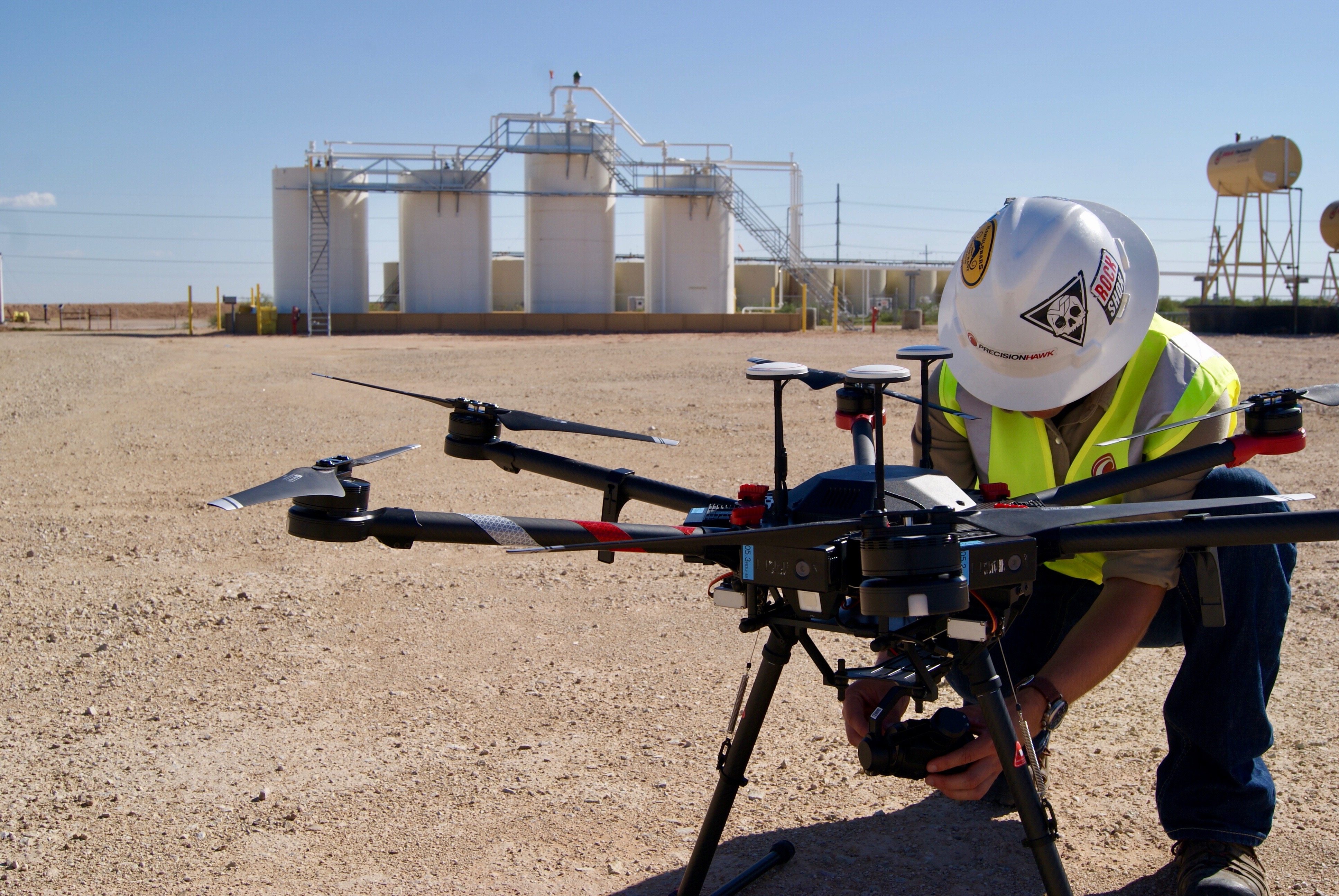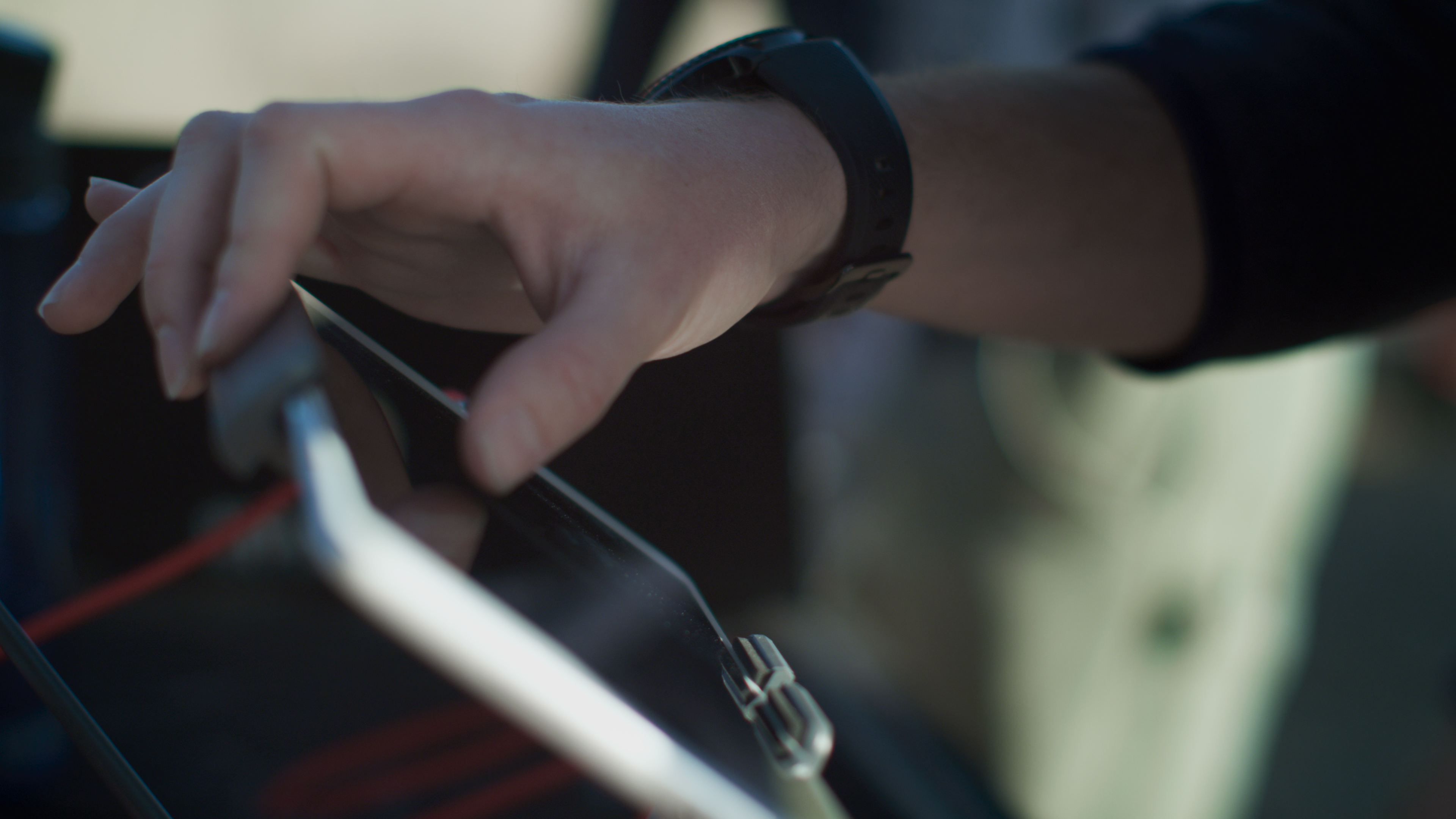The following is an excerpt from “Safe Always: Standard Operating Procedures for Drone Operations and Secure Data Collection,” a whitepaper that reviews the risks associated with drone-based data collection and the processes, policies, and procedures we apply to mitigate those risks. Download the whitepaper to learn how we help keep your data and your technicians safe.
We don’t assume any knowledge from our incoming pilots, even though they come with experience and are highly recommended. As Ed Hine, VP of Operations explains, “We put them through training as if they had never flown before, not because we don’t trust them, but because we want them to fly with our methodology. We have specialized techniques, and we want to make sure that we are operating with safety as our highest priority.”
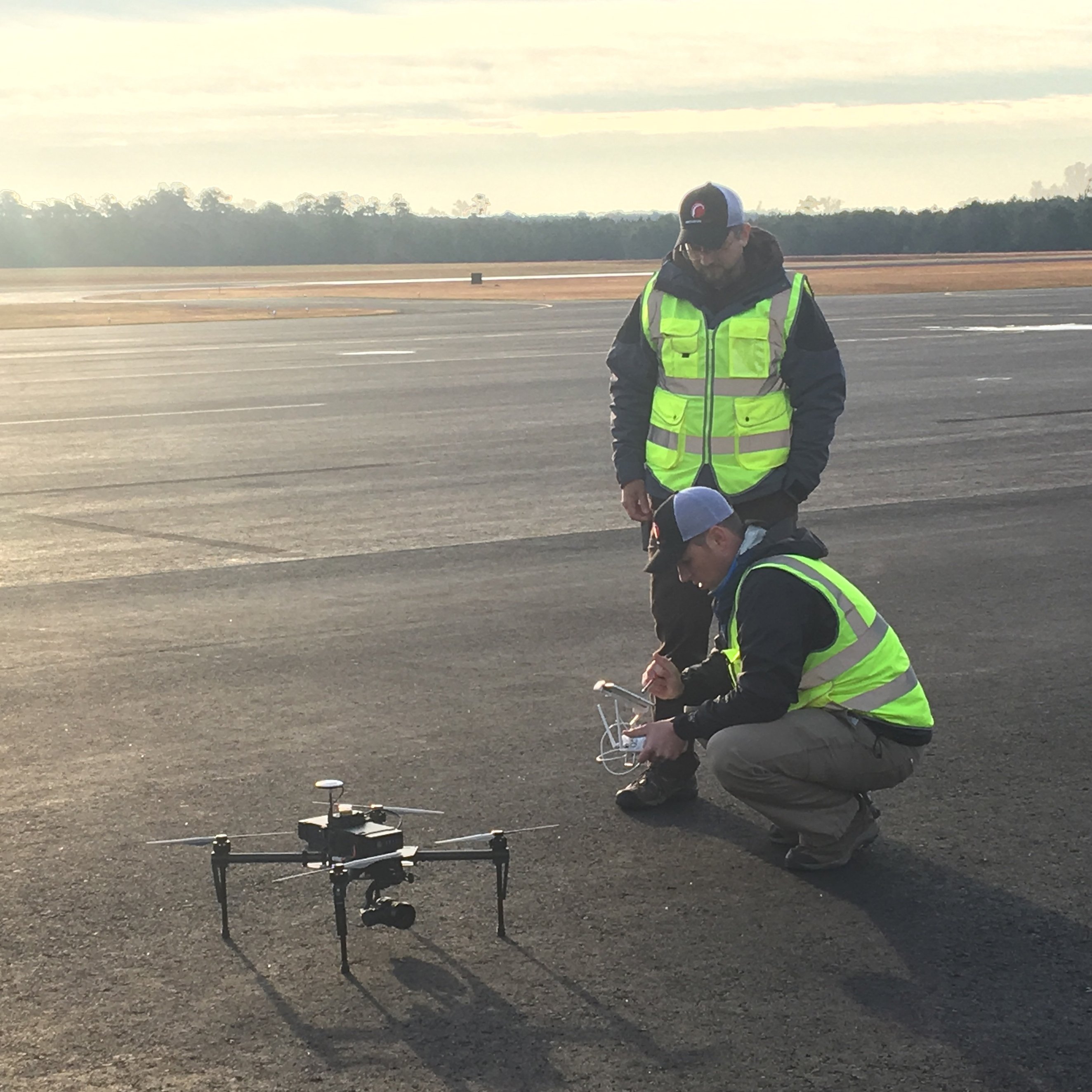
What it takes to become a PrecisionHawk Drone Pilot
From the day a new flight operator walks in our door, we instill in them our culture of “Safety Always.” The first step in the onboarding process is meeting with our Safety Coordinator, who ensures that the new team member has the required safety equipment and is current on certifications. In addition, she schedules them for a bevy of required training and compliance courses, including:
- Flight and Sensor Hardware--A safe and effective flight is founded on selecting the appropriate drone hardware. We train our drone operators on how to select hardware that’s purpose-built for a range of flight environments. We also train them on how to handle sensors and storage media to help ensure secure data capture and transfer.
- Flight Software and Planning--To execute safe missions, our pilots use PrecisionFlight. The software’s intelligent flight planning enables operators to deploy manual, semi-autonomous, and fully autonomous missions that comply with regulations and safety management systems. Prior to a mission, the drone operator defines a flight plan by combining asset and area of interest specifications with 3D geospatial data, such as the surrounding terrain and no-fly zones. To identify potential issues, they emulate the flight in PrecisionFlight, setting additional boundaries as necessary. They also learn how to investigate regulatory issues that pertain to both the launch area and the associated airspace (not to mention, the weather).
- Situational Awareness--In order to operate safely, UAV pilots must have the appropriate training and situational awareness. As Sky Andrew, a PrecisionHawk pilot, explains, “There is a learning curve in piloting drones, and it can be a steep one. Technology, weather, and other variables make drone operations challenging.” Flights over and around more urban areas require a completely different approach to those over cornfields or in areas uninhabited by people. The wildlife and terrain of each area also must be taken into consideration when developing flight mission plans, as does the weather for each day.
- Quality Assurance--Quality reporting outcomes start with quality data. That’s why we train flight operators on how to investigate the quality of the data they capture, while in the field. Using PrecisionHawk’s offline field analysis tool, they learn how to identify anomalies, omissions, and other issues prior to delivery.
- Data Secure Chain of Custody--We train our operators to protect mission data by following secure transportation, transmission, and destruction protocols. This includes the modification of flight hardware and handling of physical media to maintain an “air gap” between the data and the internet, where required.
- Continuous Improvement--Finally, we train our operators how to engage in a continuous improvement plan, not just for their own flight operations skills, but for reporting lessons learned to the broader flight organization so that everyone can apply them to future operations.
By instituting a common onboarding curriculum, PrecisionHawk’s flight organization adheres to a universal set of standards. As a result, our pilots follow a common protocol in the field: they take off the same way, fly the same way, and manage to the exact same risk mitigation standards. And they do so regardless of their prior aviation experience. Our attention to this kind of detail helps to eliminate the potential for miscommunication or misunderstanding. It also means that our pilots and sensor operators can immediately work together from the same set of procedures, even if they are teamed with one another for the first time, not unlike how a flight crew functions on board a commercial passenger jet.
“PrecisionHawk Aviation Operations has all of the hallmarks of a professional aviation organization, in that we have routine and rigorous training, standards that are consistently applied, and a professional aviation mindset. That yields consistent, repeatable, safe flight operations,” says Ed Hine.
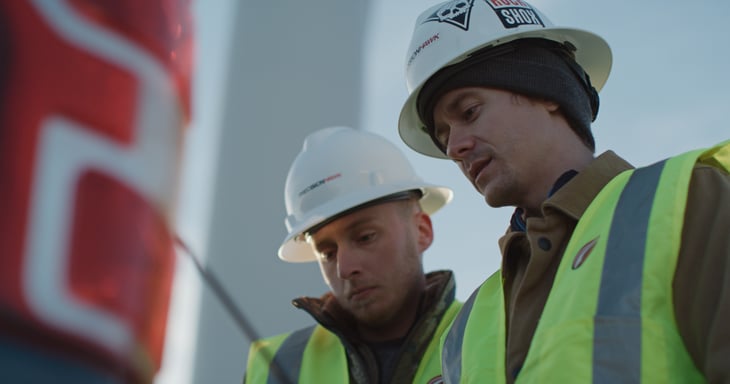
We expect our pilots to display consistently good decision making, and they must master certain maneuvers within a specific timeframe, or we rescind the offer of a position. Once they pass the first level of training, they begin their work as sensor operators, rather than drone pilots, which gives them the opportunity to work alongside seasoned PrecisionHawk pilots and to further their understanding of the operation. After they have demonstrated a full understanding and aptitude as sensor operators, they then undergo further training before they are graduated to piloting our drones, first under the watchful eyes of veteran pilots once again, and ultimately on their own.
To learn more about how our rigorous training and onboarding curriculum ensures redundancy and safety in operations, download our whitepaper “Safety Always: Standard Operating Procedures for Drone Operations and Secure Data Collection.”
